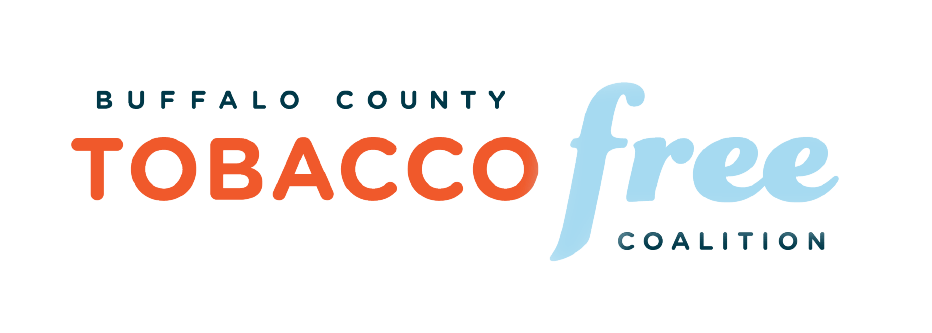Sponsored by the US COPD Coalition, National COPD Awareness Month is a time for organizations and communities across the country to increase the overall awareness of chronic obstructive pulmonary disease, or COPD. COPD Learn More Breathe Better®, the title of the National Heart, Lung, and Blood Institute’s national awareness and education campaign, has again been adopted as the theme for this year’s National COPD Awareness Month.
CDC TIPS Campaign Addresses COPD
“I was suffocating to death!” That’s how Michael-a veteran, an Alaska Native, and member of the Tlingit tribe-thinks back to why he quit smoking. A smoker since he was 9, Michael was addicted to cigarettes for most of his adult life, including the 2 years he served in the U.S. Army. At 44, he was diagnosed with chronic obstructive pulmonary disease, or COPD-a condition also referred to as chronic bronchitis or emphysema-that makes it harder and harder to breathe. He ignored the symptoms until age 52, when he awoke gasping for air. He quit smoking that day.
|
U.S. Housing and Urban Development Proposes Smoke-free Public Housing
|
On November 12, U.S. Housing and Urban Development (HUD) Secretary Julián Castro joined Surgeon General Dr. Vivek Murthy in Alexandria, VA to announce a proposed rule to make the nation’s public housing properties entirely smoke-free. HUD’s proposed rule would require more than 3,100 public housing agencies (PHAs) across the country to implement smoke-free policies in their developments within 18 months of the final rule. Read HUD’s proposed rule.
Under HUD’s proposed rule, PHAs must implement a policy prohibiting lit tobacco products (cigarettes, cigars or pipes) in all living units, indoor common areas, administrative offices and all outdoor areas within 25 feet of housing and administrative office buildings. HUD is seeking public comment on this proposed rule for the next 60 days.
“We have a responsibility to protect public housing residents from the harmful effects of secondhand smoke, especially the elderly and children who suffer from asthma and other respiratory diseases,” said HUD Secretary Julián Castro. “This proposed rule will help improve the health of more than 760,000 children and help public housing agencies save $153 million every year in healthcare, repairs and preventable fires.”
|
CDC Issues Data Brief “Electronic Cigarette Use Among Adults: United States, 2014”
|
In 2014, for the first time, questions on e-cigarettes were included in the National Health Interview Survey. The magnitude of e-cigarette use observed is consistent with increasing trends observed in other population-based surveys such as the National Adult Tobacco Survey.
Among a number of key findings, the CDC’s data brief shows that among adults who have never smoked cigarettes, young adults aged 18-24 were more likely than older adults to have tried e-cigarettes.
|
|
Public Health Grand Rounds Presentation on E-cigarettes
The Centers for Disease Control and Prevention’s presentation has been archived and is available for viewing.
|
U.S. Preventive Services Task Force Updates Recommendations on Smoking Cessation Interventions
|
|
The U.S. Preventive Services Task Force issued four new recommendations on smoking cessation, updating its 2009 recommendations on this topic. A notable update from its 2009 release is the finding that there is insufficient evidence to recommend the use of electronic nicotine delivery systems as a smoking cessation aid in adults. See the fact sheet for more information.
Effects of Secondhand Smoke Exposure on Children with Asthma
|
A recent article in the Annals of Allergy, Asthma and Immunology (Epub ahead of print, September 18, 2015) provided a systematic review and meta-analysis of secondhand smoke exposure on asthma morbidity and health care utilization in children. The researchers confirmed that children with asthma and secondhand smoke exposure are nearly twice as likely to be hospitalized with asthma exacerbation and are more likely to have lower pulmonary function test results.
|
78 Groups Urge Tobacco Control Measures in Head Start
|
|
Seventy-eight groups, including the Tobacco Control Legal Consortium, recently urged the U.S. Department of Health and Human Services (DHHS) to include a measurement of Head Start program performance based on the education of parents and guardians about the health and developmental consequences of secondhand smoke exposure. Tobacco use in the home can be a barrier to school readiness for approximately one million low-income children and their families. The full text of the comments to DHHS can be viewed here.
|
|
|
|
|
|
